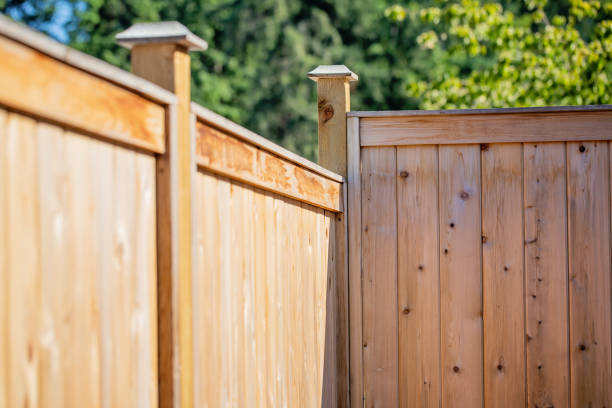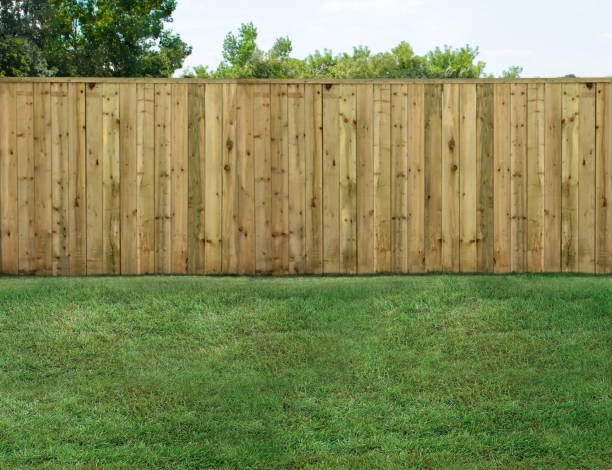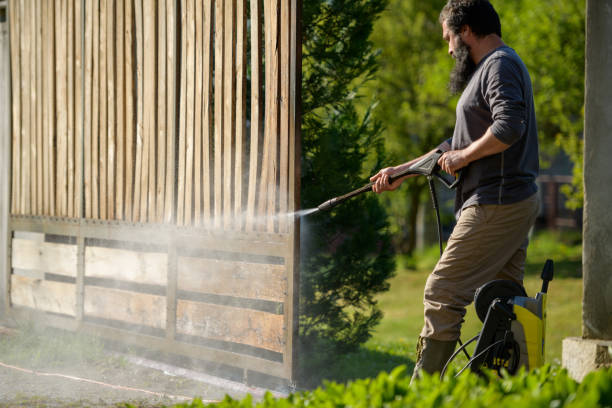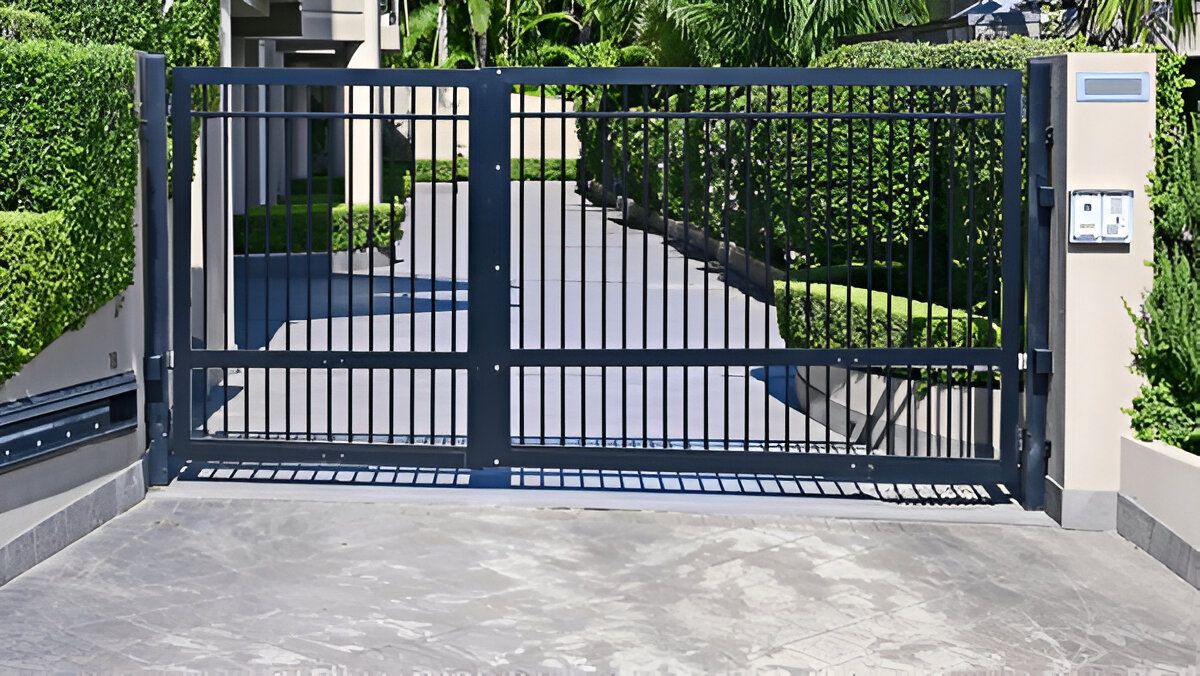Why is my Fence Green?
Residents of Woodstock, Georgia, and the surrounding areas often fret about the odd green tint of their wooden fences. For various reasons, recently built and older fences may undergo similar activity that affects the appearances. Understanding the reasons for this discoloration and how to fix them will enable you to keep the visual appeal and lifetime of your fence.
Whether your fence is brand new or has endured a few seasons, this article will explain why it could look green. Protecting your investment depends on knowing the source of the issue, from pressure-treated lumber to mold and algae growth. We will also provide useful advice on whether to contact experts for pressure washing or fence repair as well as how to bring back the natural beauty of your fence.
Why Is My New Wooden Fence Green?
A new wooden fence's green hue is mainly caused by the pressure treatment technique employed to boost the wood's durability.

The Pressure Treatment Process
Chemical preservatives are used on pressure-treated wood to guard against decay, insects, and fungus. Preservatives are forced deep into the wood fibers using a pressurized chamber. These preservatives' main component is copper, which gives the wood a greenish tint. A natural consequence of the treatment, this coloration reveals how well the wood has been kept.
Duration of the Green Tint
The green tint of the pressure treatment is only temporary. The wood will finally acquire a more organic, weathered appearance as the green tint fades from weather and sun exposure. Depending on the environment, this shift often occurs in a few months to a year.
Why Has My Older Wooden Fence Turned Green?
On older fences, a green discoloration usually indicates biological development on the surface of the wood.
Causes of Green Discoloration
Algae Growth: Algae thrive in moist environments and can cover the fence's surface with green, especially in shady or damp areas.
Mold and Mildew: Growing in wet conditions, mold, and mildew are fungi that generate green or black discolorations on wood. Besides changing its look, mold, and mildew can compromise the fence's structural integrity with time.
Environmental Factors: The green discoloration could worsen if dirt, pollen, and other organic materials accumulate and act as a breeding ground for these creatures.

Addressing Green Discoloration on Your Fence
Green staining must be removed quickly to maintain the condition and attractiveness of your fence and prevent it from returning.
Cleaning Methods
Pressure Washing: A pressure washer can efficiently remove algae, mildew, and mold from the fence surface. Preventing wood damage depends on the correct pressure setting. A wide spray pattern calls for a medium power setting.
Manual Cleaning: A soft sponge or brush can apply a mix of warm water and mild detergent if you lack a power washer. Scrubbing and rinsing the affected areas might produce acceptable results.
Vinegar Solution: Mix one cup of white vinegar with one gallon of water for mold and algae to make a vinegar solution. Scrub and rinse the fence with clean water after using the solution and allow it to sit for 15 to 30 minutes.
Preventative Measures
Regular Maintenance: Inspect your fence for damage or decay on a regular basis. Early discovery helps to prevent more serious problems by allowing quick therapy.
Sealing or Staining: Limiting moisture infiltration helps a proper sealer or stain lower mold and algae development on wood. Ensure the wood is clean and dry before use.
Proper Landscaping: Correct landscaping includes cutting down plants around the fence to encourage ventilation and lower damp, shaded regions probably supporting algae and mildew.
Gutter Maintenance: To reduce extended moisture exposure, make sure gutters and drains send water away from the fence.

When to Seek Professional Assistance
Though many instances of green discoloration can be fixed using do-it-yourself methods, professional help could be required in other circumstances:
Extensive Growth: Expert cleaning services can ensure total removal without harming the wood if the fence has notable portions coated with mold, mildew, or algae.
Structural Concerns: A professional examination can determine whether the fence needs to be repaired or rebuilt should it show rot or structural weakness.
Preventative Treatments: Professionals can prescribe some treatments that offer longer-lasting resistance against environmental damage and biological development.
Knowing the sources of your wooden fence's green hue—whether pressure treatment in new installations or biological development in older structures—helps you to take the appropriate measures to maintain its longevity and aesthetic appeal. Timely cleaning, preventative actions, and regular maintenance help your fence to stay strong and be a wonderful addition to your home.
The Bottom Line
Seeing a green tinge on your fence, no matter how long it has been there, can trigger reasonable concerns. Usually, this green hue in new fences is not concerning; it results from pressure treatment and will finally disappear. A pale hue on aging barriers might suggest fungus, moss, or lichen—all of these, when untreated, might impact the durability and aesthetic charm of the structure.
You may preserve the strength and beauty of the enclosure over countless seasons through preventive methods, such as regular washing, coating, and upkeep. When in doubt, it's best to consult experts knowledgeable about the particular issues with fence care in the humid setting of Woodstock, Georgia.
Castle Fence Company will help you if you doubt whether treatment or other concerns produce the green on your fence. Our team's expertise lies in installing and maintaining fences in Woodstock, Georgia, and the nearby locations. We can help you whether you want a complete fence replacement, a pressure wash, or professional guidance.
Contact us at Castle Fence Company to schedule your appointment and preserve your fence's strength, beauty, and long-term construction.




